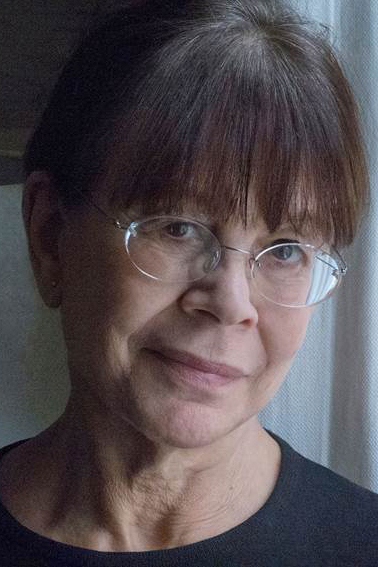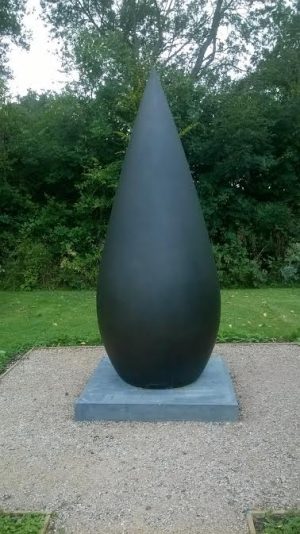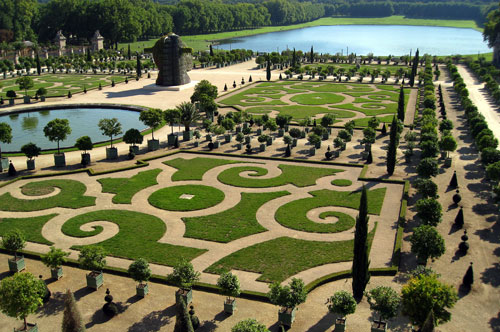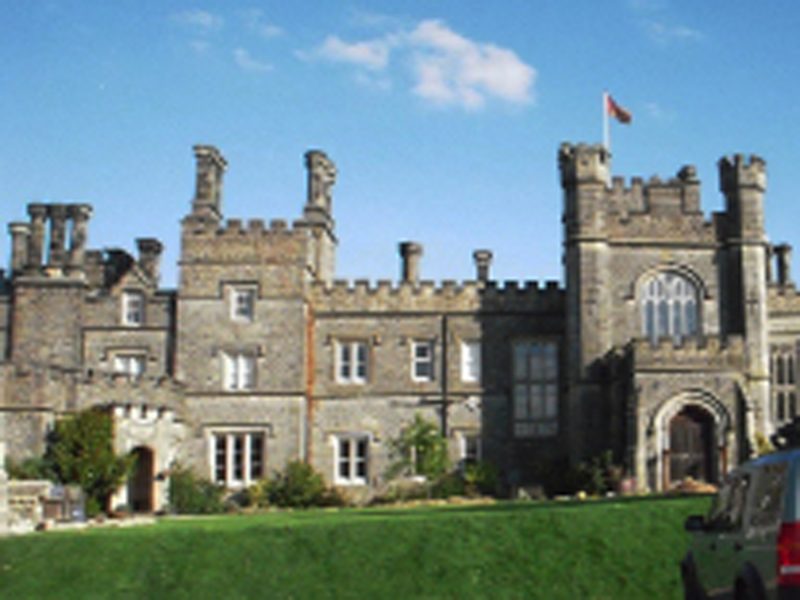On Saturday August 20 a friend and I discovered a new historic beautiful place which in fact is very near by, but, from what I fathomed from others, like us they were not aware it existed. This is Fairlight Hall, a right turn down Martineau Lane from the A259 on the edge of Hastings.

We went to a one woman show by agony aunt and journalist for the Independent newspare, Virginia Ironside: “How to grow old disgracefully.” She was very amusing and held our attention for 90 minutes.
Nothing was taboo – pills, aches and pains, memory (lack of), sex and death, all are humourous as one ages. She has written several books on this subject: “No! I Don’t want to Join a Book Club”, “No! I Don’t Need Reading Glasses” and others.
After the talk, there was a true English tea with cucumber, salmon and egg sandwiches, cake and scones with cream, delicious. Before the talk and after the tea we were able to stroll through the magnificent grounds. The views were splendid, the flowers beautiful and there was a large vegetable garden and a plant and jam sale in the Shepherds Hut.
The building is grandiose. I was curious about the history which is fascinating and I hope whoever gets this far is interested enough to read on.

Fairlight, a part of the ancient Rape of Hastings, was a strategic gift in William the C0nqueror’s post battle division of the spoils. Each Rape had its own administrative and fiscal unit and the Rape of Hastings, including the Manor of Fairlight was given to the Eu Family. Within 100 years the Counts of Eu gave the Rape to Robert St Ledger and ownership of Fairlight Manor itself travelled through the bloodlines of numerous patrician families until eventually it was absorbed in to the Ashburnham estate in 1730’s before the parcel of land upon which Fairlight Hall sits, was sold to William Lucas Shadwell, in the 1840’s.
Fairlight Hall is an example of a Victorian neo-gothic and picturesque mansion. Though some of the Lucas Shadwell family deplored the presumptuousness of the castle, the 24 year old Shadwell commissioned architect John Crake (1811-1859) to design the house in 1843. “Crake designed a rock-faced, castellated building with octagonal turrets, taking his inspiration from the 14th century Gatehouse at neighbouring Battle Abbey.”

The grounds at that time reached all the way to what is now Rye Harbour and the family was very involved in the community, mostly in a positive way, except the time when Mrs Shadwell closed all the pubs as the family was presbyterian. However, they were respected, and called an enclave in Rye Harbour “Lucas Shadwell Way”, which was in fact my address for two years.
The 20th century saw several changes of owner and during the Second World War it became a school for a short time.
The current owners purchased the property in 2002 and embarked on a major infrastructure renovation, as well as repairs to the stone-clad exterior. The former coach house is now a beautiful recital and performance space.
The next event is Hugh and Mirabel Cecil, biographers who will be describing the stunning and dazzling career of the artist Rex Whistler. (September 23 at 10:30am – 12:45pm)
It is £20 which includes morning coffee and cake. I would recommend it for the talk and the stunning surroundings.
Photos by Heidi Foster




William Lucas-Shadwell who bought the land on which Fairlight Hall was later built, was a prominent lawyer, developer and landowner in the Hastings area. But he had no children to whom he could leave the estate, farms and properties he had inherited and acquired during his life. William Drew Stent was the distant relative chosen by William Lucas-Shadwell to inherit the Fairlight estate – and the family surname. It was some of the Stent family who deplored the presumptuousness of the castle. William Lucas-Shadwell had himself started life as William Shadwell, adding Lucas to his surname by Royal Decree as agreed with his aunt Ann Lucas for his inheritance of her share of the Camoy estate handed down through the Lucas family of Sussex.